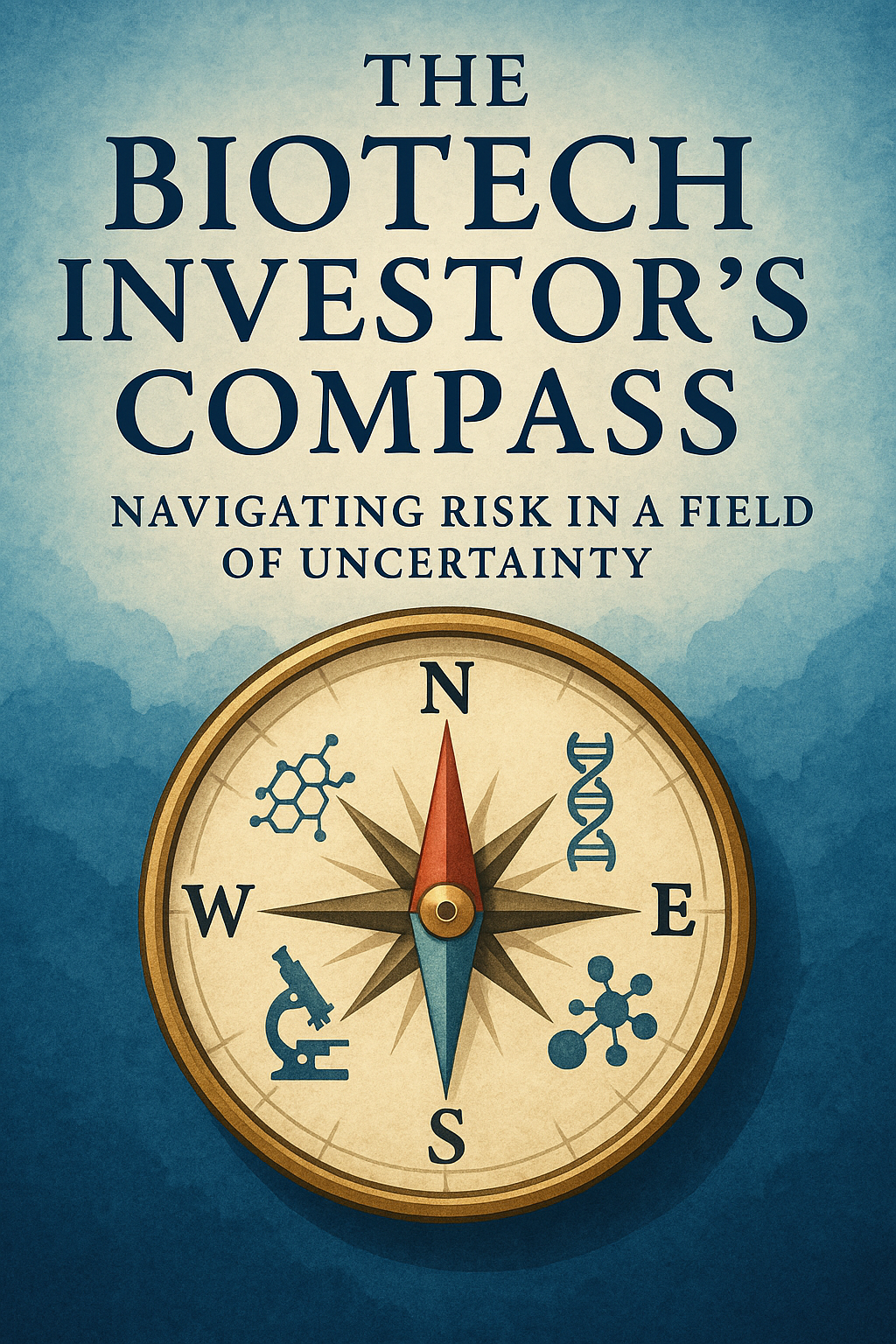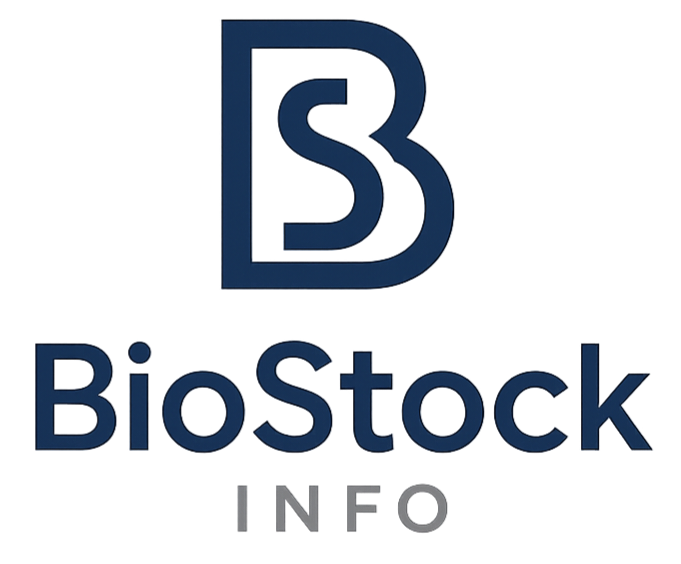The Biotech Investor's Compass: Navigating Risk in a Field of Uncertainty
Standard valuation metrics fail in biotech. Success requires different frameworks. I'll share my approaches—wins, losses, and lessons learned.

Biotech investing presents a paradox: extraordinary opportunities shadowed by equally formidable risks. While horror stories of failed trials and vaporized capital scare away many retail investors, others are drawn to the sector's allure—it's not uncommon to see several biotechs deliver multi-bagger returns every month. Understanding this dichotomy is the first step to navigating these waters successfully.
Defining the Playing Field
For the purposes of this guide, I define biotech investments as clinical-stage pharmaceutical companies with innovative pipelines that have the potential to introduce entirely new therapeutic options. These companies typically share several characteristics: no revenue, quarterly cash burn in the tens of millions, and business models that render conventional valuation metrics like P/E ratios essentially meaningless.
This creates a critical problem for retail investors. When you search for most clinical-stage biotechs on platforms like SimplyWallStreet, TipRanks, or Seeking Alpha, you'll typically find low ratings, sparse coverage, and companies that get filtered out in initial screening processes. The algorithms simply aren't designed for pre-revenue, binary-outcome businesses.
Where Do You Start?
Retail investors face a fundamental dilemma: where to begin? This is arguably the most challenging aspect of biotech investing. Before diving into any specific opportunity, you must first define your investment thesis:
- Are you targeting late-stage biotechs with de-risked assets, or early-stage companies still flying under the radar?
- Are you seeking short-term, catalyst-driven swings, or building long-term fundamental positions?
- What level of risk can you genuinely tolerate?
From my perspective, there's no universally "right" approach. Each strategy has its merits, and what matters most is finding the methodology that aligns with your goals, timeline, and risk tolerance—then executing it with discipline to maximize returns.
What You Can Expect From This Series
Over the coming months, I'll be sharing the investment approaches and methodologies I've developed through years of active biotech investing. This won't be a highlight reel. I'll provide real-world examples of both successful and failed investments, with transparent analysis of what went right and what went wrong. We all learn more from our mistakes than our victories, and acknowledging missteps is crucial for improving your probability of success.
I'll also share the resources I rely on and demonstrate how I leverage AI and large language models to enhance due diligence without replacing critical thinking.
Essential Resources for New Biotech Investors
If you're new to biotech investing, I strongly recommend starting with these foundational resources:
Learn Biotech Investing - A comprehensive, free course covering biotech terminology and the complete process of evaluating clinical-stage companies. Worth dedicating a few days to build your foundation.
LifeSciVC Blog by Bruce Booth - "Twenty Years In Early Stage Biotech VC" series. Written by a professional biotech venture capitalist, this blog offers invaluable perspectives on investment challenges, methodologies, and industry dynamics from experts with real skin in the game.
These resources will help you navigate the uncertainty and minefield of risks that biotech investing presents—because make no mistake, this is one of the most challenging sectors in public markets.
Stay tuned for the next installment, where we'll begin dissecting actual investment opportunities and the frameworks used to evaluate them.
